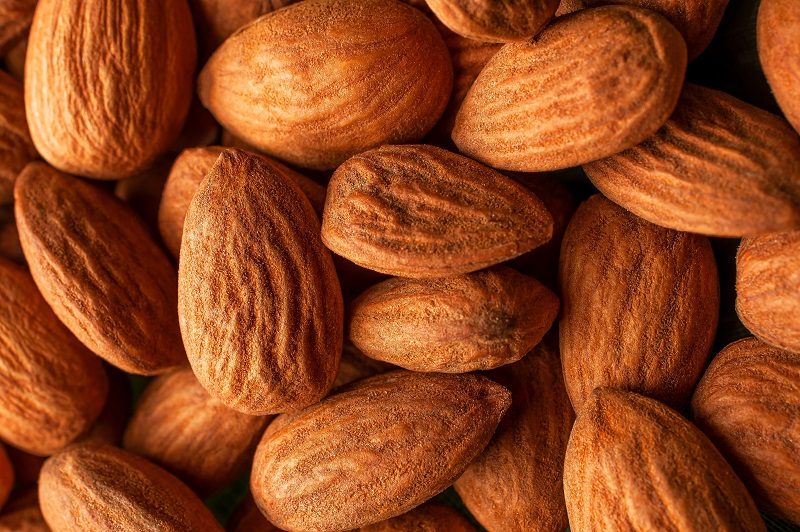Researchers Crack Walnut Genome
University of California, Davis scientists have sequenced the walnut genome for the first time.
The California Walnut Board approached geneticists David Neale and Charles Langley, who have worked on sequencing much more complex conifer species, to sequence the Chandler walnut variety. According to UC-Davis, Chandler accounts for more than 70% of the walnut trees sold for new plantings, and the variety is grown on about half of California’s walnut acreage.
The actual genome sequencing was completed about a year ago, but the final paper and manuscript were just released in late 2015. Neale says sequencing the walnut genome was important for a number of reasons.
“It’s the blueprint of your organism,” he says. “It gives you information about the total genetic content of the organism that you’re trying to manipulate. If you are using genomic or marker-based technologies, you’re making your selections and guiding your breeding based on the information in the DNA sequence.”
In other words, breeding becomes more efficient, making it easier to create trees that offer qualities such as disease and insect resistance and drought tolerance.
Langley adds that sequencing a genome is the only way to know everything about a species. “Once you sequence a genome, in one sense, there’s nothing more to learn about the genetics,” he says.
But interpreting that sequence is what’s key for successful breeding. Once all the genes have been found and mapped, researchers are able to determine which ones are “functional.” Essentially, this allows breeders to understand how a trait is transmitted.
“So now we have a parts list that’s annotated and organized,” Langley explains. “And the annotated part you can use to understand variation. If you have a tree that has disease resistance and you have a tree that doesn’t have disease resistance, you can look for genes that are already known to be associated with disease resistance and ask if they are different in the resistant and non-resistant trees.”
The sequenced genome will now be used in the scion breeding program to drive breeding decisions. But, Langley notes, rootstocks also have to be considered. “The rootstock is completely different genetic material from Chandler,” he says. “We’ve started now to sequence the genomes that go into rootstock development, too, which is a much more primitive genetic development, because there basically has not been any breeding of rootstock up to now.”
Langley adds that there’s a large group of researchers interested in breeding rootstock that’s resistant to the most common diseases that affect walnuts. This marker-assisted breeding will also provide the opportunity to develop early-harvesting cultivars that have Chandler’s desirable traits. Langley says work in this area will be emerging in the next two to five years.









